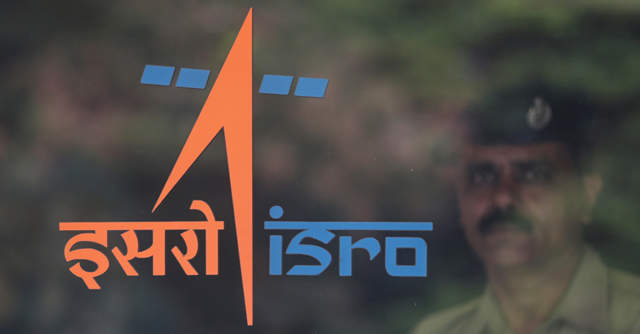
ISRO forms a new body for private space-tech players


Private players will now be able to conduct space projects such as build satellites and launch them using infrastructure developed by the Indian Space Research Organisation (ISRO).
The Indian union cabinet on Wednesday approved the formation of a new organisation to provide private players with equal opportunities in the space sector.
Apart from enabling private companies to use Indian space agency’s infrastructure, the newly formed Indian National Space Promotion and Authorisation Centre (IN-SPACe) will also hand-hold, promote and guide the firms in space activities through policies and a friendly regulatory environment, a statement from the department of space said.

IN-SPACe will have members from the Space Commission as well as industry representatives on its board.
“With these reforms, the sector will receive new energy and dynamism, to help the country leapfrog to the next stages of space activities,” the statement added.
The proposed reform is expected to enhance the socio-economic use of space technology and activities, including through improved access to space assets, data and facilities.

ISRO will focus more on building new technologies, space missions and human spaceflight programme. New Space India (NSIL), the commercial arm of ISRO, is looking to engage with startups and private companies for new applications and use the space infrastructure to build them.
Some of the planetary exploration missions will also be opened up to the private sector through an “announcement of opportunity” mechanism, the statement said.
Although nascent, private space technologies companies in India India, have garnered investor interest in the recent past. Dhruva, Skyroot Aerospace, Bellatrix Aerospace, Agnikul Cosmos and Kawa Space are some of the well funded startups in the segment.

